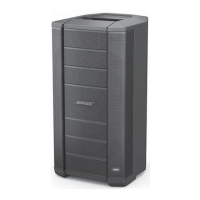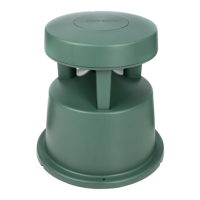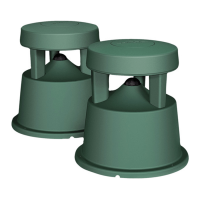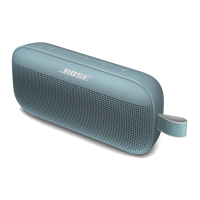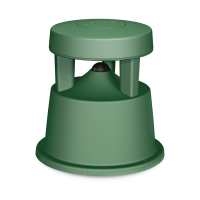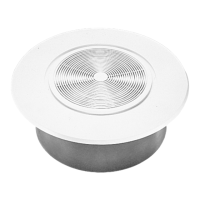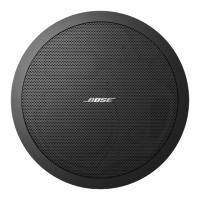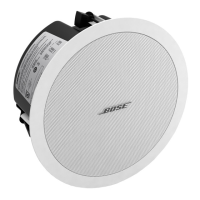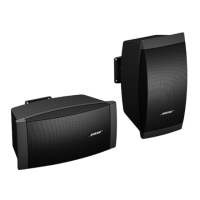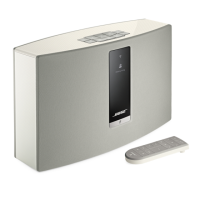80
TEST PROCEDURES
1.4 Change the Front LED switch to the OFF position. Verify that the front LED is now OFF.
1.5 Change the Front LED switch to the LIMIT position. Leave it in this position for the following
tests. You will be checking it for proper operation during these tests.
1.6 Turn the AC power switch OFF. Verify that there is no loud off-pop.
Input / Output - DSP PCB Tests
The following tests will check the performance of the Input / Output - DSP PCB assembly.
CAUTION: You MUST NOT test this PCB assembly while it is still connected to the
SMPS / Amplifier PCB assembly. Doing so could cause hearing damage due to high SPL
output levels from the speaker.
• Remove the eight screws that secure the I/O - DSP PCB to the enclosure. Disconnect the
10-pin wiring harness at J3. This will remove the I/O -DSP output and allow you to perform
the following tests. Leave the other wiring harnesses connected. The I/O - DSP PCB uses
the +/- 18VDC output from the SMPS/Amplifier PCB to operate.
Input 1 and 2 Tests
The below tests use the Input 1 jack driven with a balanced differential signal and its volume
control set to NOON (12 o’clock) and the Line Output EQ switch set to the THRU position.
The Input 1 Line Output XLR jack is used for all readings.
2. Input 1 to Output 1 Gain Test
2.1 Apply a balanced 1 kHz, 0 dBu signal to the Input 1 XLR connector.
2.2 Measure the output level at the Input 1 Line Output connector. It should be 0.0dBu, +/- 2dB.
3. Input 1 LED Test
3.1 Apply a balanced 100 Hz, -30 dBu signal to the Input 1 XLR connector.
3.2 Measure the output level at the Input 1 Line Output connector. It should be -30 dBu, +/- 1 dB.
3.3 Verify that the Signal/Clip LED is lit GREEN.
3.4 Slowly increase the input signal level from -30 dBu to +20 dBu.
3.5 Measure the output Level at the Input 1 Line Output connector. It should be +20 dBu, +/- 1
dB. Verify that the Signal/Clip LED is still lit GREEN.
3.7 Slowly increase the input signal level above +20 dBu. Verify that the Signal/Clip LED now
turns RED.
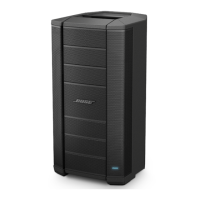
